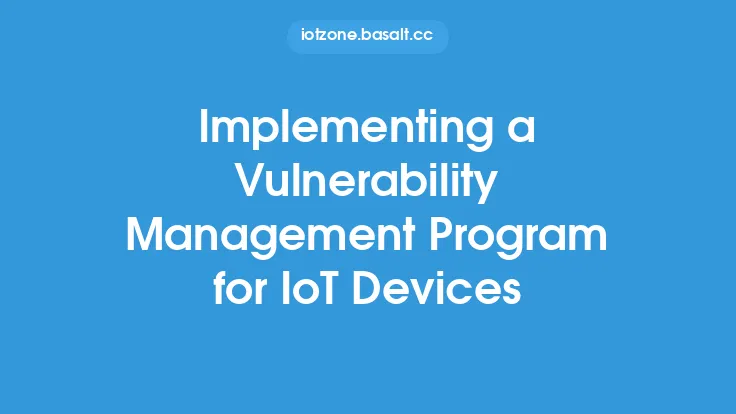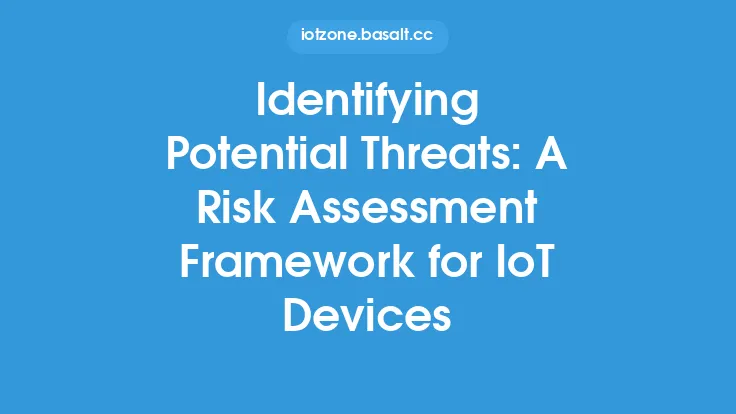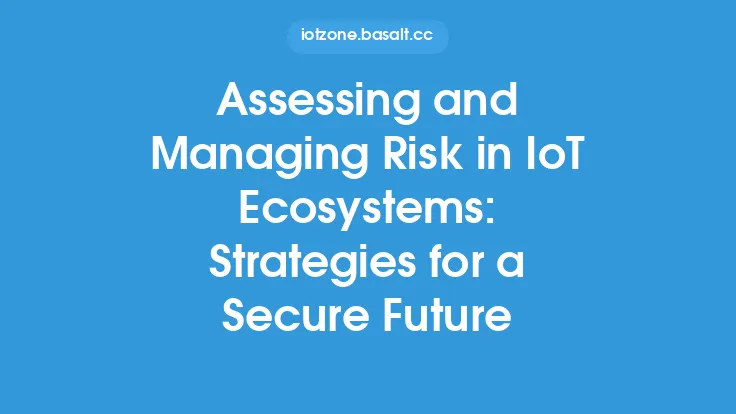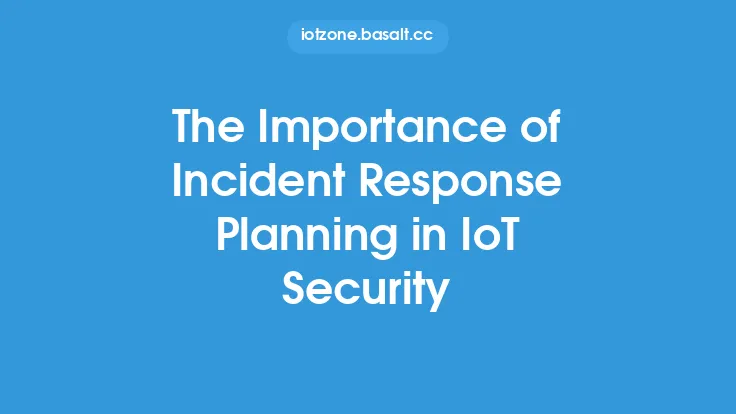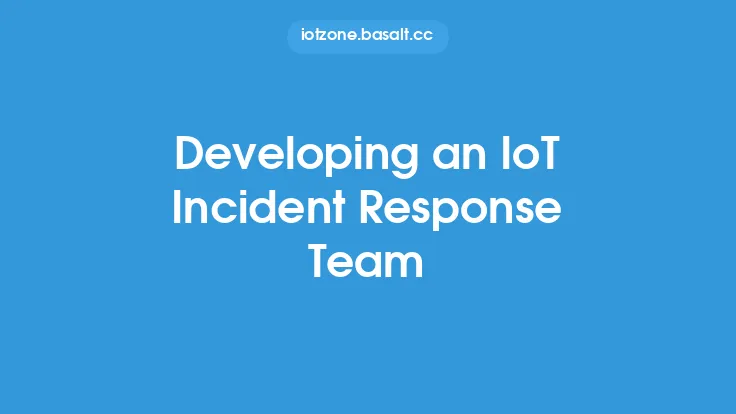The increasing number of IoT devices has led to a growing concern about their security. As these devices become more prevalent in our daily lives, the potential for security breaches and incidents also increases. Incident response strategies for IoT devices are crucial to mitigate the damage caused by such incidents and to ensure the security and integrity of the devices and the data they handle. In this article, we will delve into the world of IoT incident response and explore the strategies that can be employed to respond to security incidents effectively.
Introduction to IoT Incident Response
IoT incident response refers to the process of responding to and managing security incidents that occur on IoT devices. This includes identifying the incident, containing the damage, eradicating the root cause, recovering from the incident, and post-incident activities. IoT incident response is a critical component of IoT security, as it helps to minimize the impact of a security breach and prevent future incidents. The goal of IoT incident response is to quickly respond to security incidents, minimize downtime, and prevent data breaches.
Types of IoT Security Incidents
There are several types of IoT security incidents that can occur, including:
- Unauthorized access: This occurs when an unauthorized person gains access to an IoT device or network.
- Malware attacks: This occurs when malware is installed on an IoT device, allowing an attacker to gain control of the device or steal sensitive information.
- Denial of Service (DoS) attacks: This occurs when an attacker floods an IoT device or network with traffic, causing it to become unavailable.
- Data breaches: This occurs when sensitive information is stolen or compromised.
- Physical attacks: This occurs when an IoT device is physically compromised, such as when a device is stolen or tampered with.
Incident Response Strategies for IoT Devices
To respond to IoT security incidents effectively, several strategies can be employed, including:
- Monitoring and detection: Continuously monitoring IoT devices and networks for signs of security incidents, such as unusual network activity or device behavior.
- Incident containment: Isolating affected devices or networks to prevent the incident from spreading.
- Root cause analysis: Identifying the root cause of the incident to prevent future incidents.
- Eradication: Removing the root cause of the incident, such as removing malware or patching vulnerabilities.
- Recovery: Restoring affected devices or networks to a known good state.
- Post-incident activities: Documenting the incident, conducting a post-incident review, and implementing measures to prevent future incidents.
Technical Considerations for IoT Incident Response
When responding to IoT security incidents, several technical considerations must be taken into account, including:
- Device management: IoT devices must be managed and monitored to detect security incidents.
- Network segmentation: IoT devices and networks must be segmented to prevent the spread of security incidents.
- Encryption: Data transmitted by IoT devices must be encrypted to prevent eavesdropping and tampering.
- Secure communication protocols: Secure communication protocols, such as TLS or DTLS, must be used to protect data transmitted by IoT devices.
- Firmware and software updates: IoT devices must be regularly updated with the latest firmware and software to patch vulnerabilities and fix security issues.
Challenges in IoT Incident Response
Several challenges exist in IoT incident response, including:
- Limited resources: IoT devices often have limited resources, such as memory and processing power, which can make it difficult to implement security measures.
- Complexity: IoT devices and networks can be complex, making it difficult to detect and respond to security incidents.
- Lack of standardization: IoT devices and protocols are not standardized, making it difficult to develop incident response strategies that can be applied across different devices and networks.
- Limited visibility: IoT devices and networks can be difficult to monitor, making it challenging to detect security incidents.
Best Practices for IoT Incident Response
To respond to IoT security incidents effectively, several best practices can be followed, including:
- Develop an incident response plan: Develop a plan that outlines the steps to be taken in response to a security incident.
- Conduct regular security audits: Regularly audit IoT devices and networks to identify vulnerabilities and weaknesses.
- Implement security measures: Implement security measures, such as encryption and secure communication protocols, to protect IoT devices and data.
- Monitor IoT devices and networks: Continuously monitor IoT devices and networks for signs of security incidents.
- Stay up-to-date with the latest threats: Stay informed about the latest IoT security threats and vulnerabilities to ensure that incident response strategies are effective.
Conclusion
Incident response strategies for IoT devices are critical to mitigating the damage caused by security incidents and ensuring the security and integrity of IoT devices and data. By understanding the types of IoT security incidents, employing effective incident response strategies, and considering technical and challenges, organizations can develop effective incident response plans to respond to IoT security incidents. By following best practices, such as developing an incident response plan, conducting regular security audits, and implementing security measures, organizations can ensure that they are prepared to respond to IoT security incidents and minimize the impact of a security breach.
